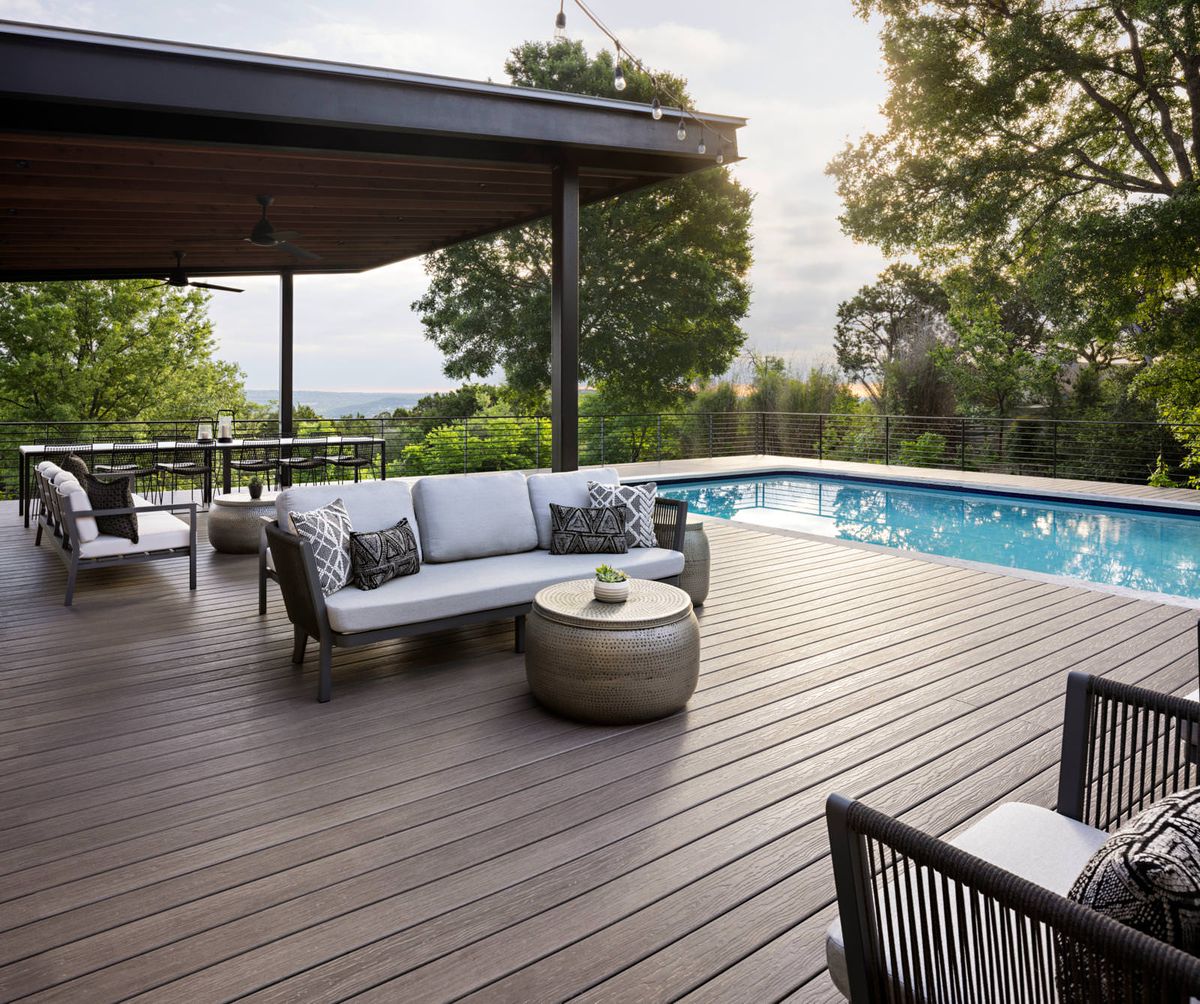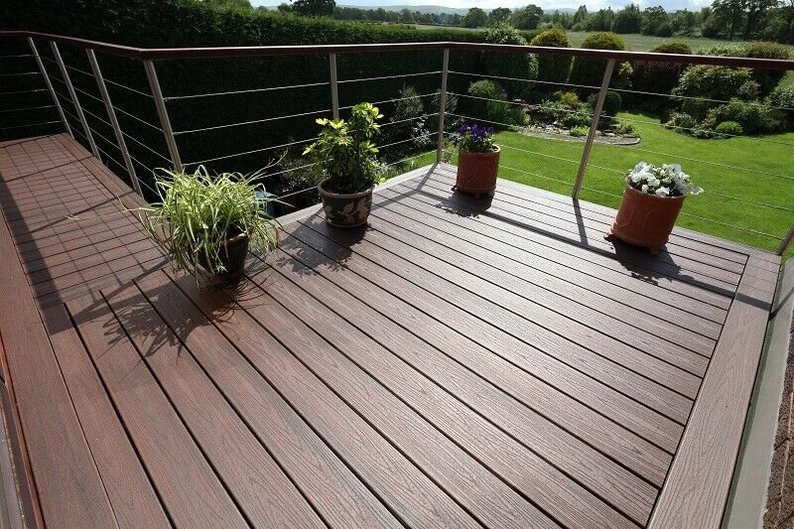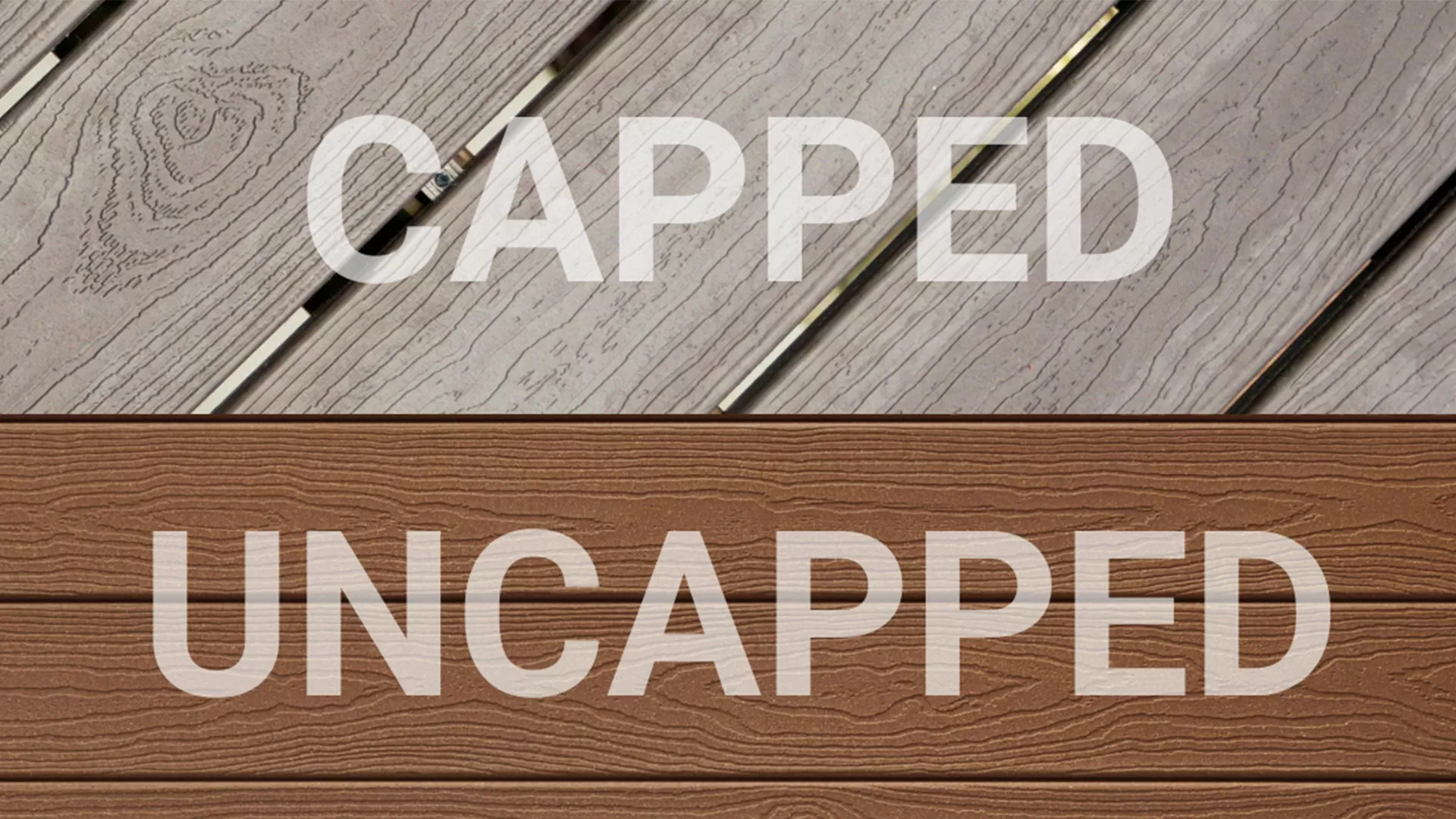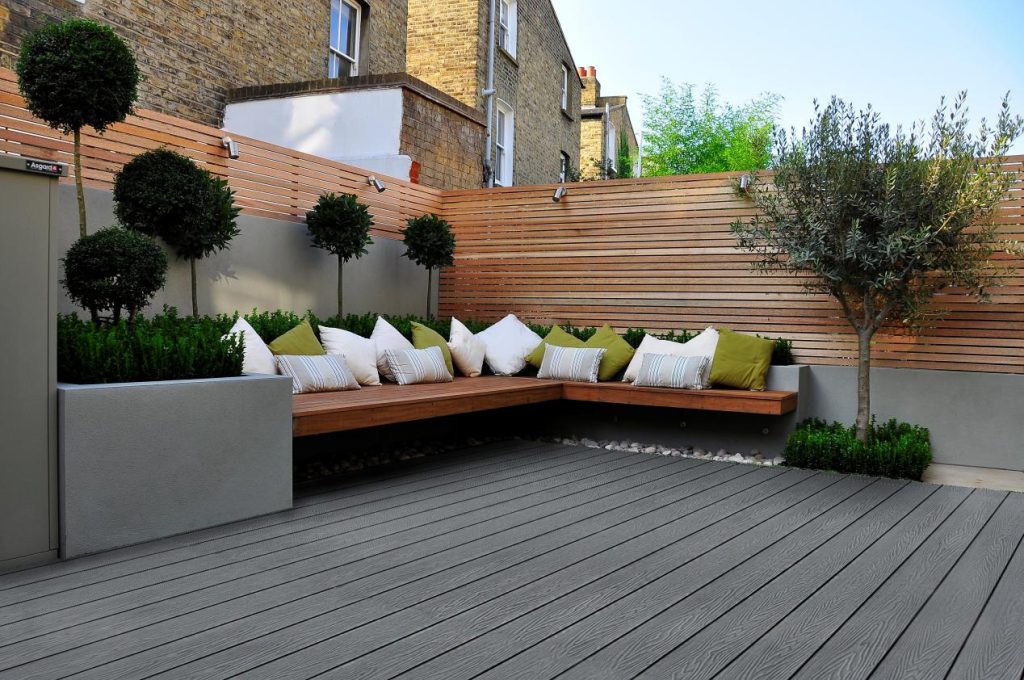
In the realm of modern outdoor design, composite decking has emerged as a prominent choice, and it’s not difficult to see why. The allure of composite decking lies in its combination of strength, eco-friendliness, and minimal maintenance requirements. As you navigate the expansive landscape of composite decking options, one distinction stands out—uncapped vs capped composite decking. This article aims to address this pivotal divergence that may have captured your attention during your research. Discover which type of decking best aligns with your requirements, and if you’re considering alternative surfaces, explore some cost-effective alternatives to decking that can stretch your budget.
Understanding Composite Decking
Composite decking, at its core, blends plastics with wood fibers. Incorporating polypropylene or polyethylene with wood creates a durable material that offers more excellent stability than plastic decks. The manufacturing process involves heating the composite material, forming it into board-shaped lengths, and then cooling it. The result is an authentic-looking decking material that demands significantly less maintenance than traditional wood while maintaining a more natural appearance than pure plastic alternatives.
Deciphering Uncapped and Capped Composite Decking
Composite decking can be categorized into two primary types: capped and uncapped. Uncapped decks are generally more budget-friendly but come with a shorter lifespan due to the exposure of their wooden fibers. This exposure renders uncapped decking less resistant to fading, staining, and mold development. In contrast, capped composite boards feature an outer layer bonded to the core during the manufacturing process. This added layer of protection not only enhances durability but also lends a more authentic appearance when fully assembled.
Capped decking exhibits superior resistance to wear and tear, offering heightened scratch and gouge resistance compared to its uncapped counterpart.
Advantages of Capped Composite Decking
Capped composite decking, with its protective outer layer, typically boasts an extended lifespan and enhanced durability compared to uncapped decking. The length of the guarantee offered by manufacturers often serves as an indicator of their confidence in their product. Capped composite decking brands frequently offer guarantees of 20 to 30 years against weather-related deterioration and general wear. In contrast, uncapped decking warranties usually cap out at around 10 years, significantly shorter than the expected lifespan of capped decking.
Cost Considerations: Capped vs Uncapped
Predictably, the cost of capped composite decking surpasses that of uncapped options. Uncapped decking usually comes at around $51 per square meter, while capped decking boards can cost roughly $102 per square meter. The decision to invest in capped decking involves evaluating various factors.
Installation costs encompass both decking boards and labor. When factoring in base materials and labor, the overall expense rises, with uncapped decking averaging $153 per square meter and capped decking around $204.
Additionally, the base material’s quality plays a crucial role. Opting for good-treated wood for the base can extend its lifespan in line with the decking itself. However, using poor-quality wood could necessitate base replacement after only a decade. Furthermore, the choice of decking impacts resale value, with high-quality composite options potentially boosting a property’s value by 15% to 25%.
Maintenance, Appearance, and Design Options
While both capped and uncapped decking are resilient against algae and mold growth, uncapped decking may require slightly more maintenance due to its porous nature. Capped decking takes the lead in terms of appearance, boasting a broader range of styles and colors. This variety includes aged wood effects, deep grays, and realistic browns, allowing homeowners to tailor their decks to their preferred aesthetic.
Design Flexibility and Installation
Capped composite decking shines when it comes to design options. Hollow uncapped decking presents limitations in certain designs, such as picture framing, balustrade installation, and composite seating and planters. Capped decking’s structural integrity better accommodates these enhanced design elements.
The Final Verdict
In the end, choosing between capped and uncapped composite decking hinges on your specific needs and priorities. Capped composite decking offers substantial advantages, particularly in longevity and intricate designs. The choice becomes particularly pertinent for long-term installations or high-traffic areas.
Ultimately, both capped and uncapped composite decking offer unique advantages, with uncapped decking serving well in simpler designs and at-ground-level installations. On the other hand, capped decking shines for its resilience, extensive design options, and long-lasting value.
Explore Your Composite Decking Possibilities
If you’re ready to embark on a journey to transform your outdoor space, our team offers expert advice and tailored solutions to match your vision. Discover the beauty and durability of composite decking by exploring our range of offerings. Whether you’re envisioning a classic or innovative design, we’re here to bring your outdoor dreams to life.









